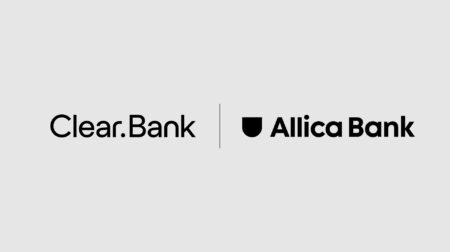Unlocking the true potential of Embedded Banking

The wider integration and use of embedded banking can be seen in embedded payments offered by the likes of Uber, wearables, and Open Banking-assisted consumer loan applications. This integration has been moulded by increasingly popular offerings, such as embedded lending, non-bank money transfer platforms such as CashApp, as well as debit and credit cards that are not offered directly by banks.
Banking-as-a-Service (BaaS) providers have been key enablers for these popularised services, with many fintechs and financial institutions offering BaaS to other players in the finance space and consumer retailers alike.
However, this rise of embedded banking has not been without its challenges. Nonetheless, the projected rewards arguably outweigh these challenges, and have created the possibility of a more embedded, all-connected, digital-first future.
In this blog, I’ll discuss the key challenges and benefits of embedded banking, as well as exploring what its future could look like.
The key benefit for those who adopt embedded banking services into their offerings is the ability to offer more services and opportunities in one place, allowing for upselling. As a result, customers benefit from the convenience of accessing all the services they need in one place, efficiently and all from one familiar digital environment. The data collected in this process can help to inform the development of new products and services, fuelled by data on customer needs and behaviour.
The broader selection of services can create new, additional revenue streams, with merchant adopters having the ability to tap into affiliate revenue from customers who access third-party services through their platform.
The wider range of services will increase product ‘stickiness’, too. For example, by removing the need for a travel customer to go to another provider to find credit to fund their trip, by offering embedded banking-enabled credit within their application or website, the travel company heightens convenience and speed. In turn, making its offering more ‘sticky’ and encouraging customer loyalty.
End-users are set to benefit from increased convenience and a simpler purchasing experience. A process that is easier to use, saves time and energy, will - according to consumer psychology - encourage greater spending, as the perceived value of usability is greater than the need to reduce costs.
We’re set to see a number of changes in the embedded banking space in the coming years.
Initiatives such as the FCA’s ‘always on’ regulatory sandbox and standards such as ISO27001 lay the foundations for compliance around embedded banking. However, there is a clear need for specific guidance and regulation.
As more non-financial institutions enter the space, it’s likely that we will see pressures increasing and new regulation emerging.
For embedded payments in particular, we’re likely to see more intuitive, geo-targeting. This could see consumers being prompted to make or authorise regular payments, when visiting familiar sites such as train stations on their daily commute, or restaurants they visit each month, for instance.
BaaS and embedded banking ecosystems will begin to develop, with various providers filling in the gaps in their own offerings through partnerships. This collaboration will see more non-financial brands placing products beside embedded banking offerings. For example, a suggestion to purchase stationary being offered to new business bank account customers.
Embedded banking is steadily becoming a part of consumer-facing products, and BaaS providers are key in helping it to become part of our everyday lives. Despite its challenges, providers, adopters and end-users alike are well-positioned to overcome these challenges and reap the benefits of embedded banking.


